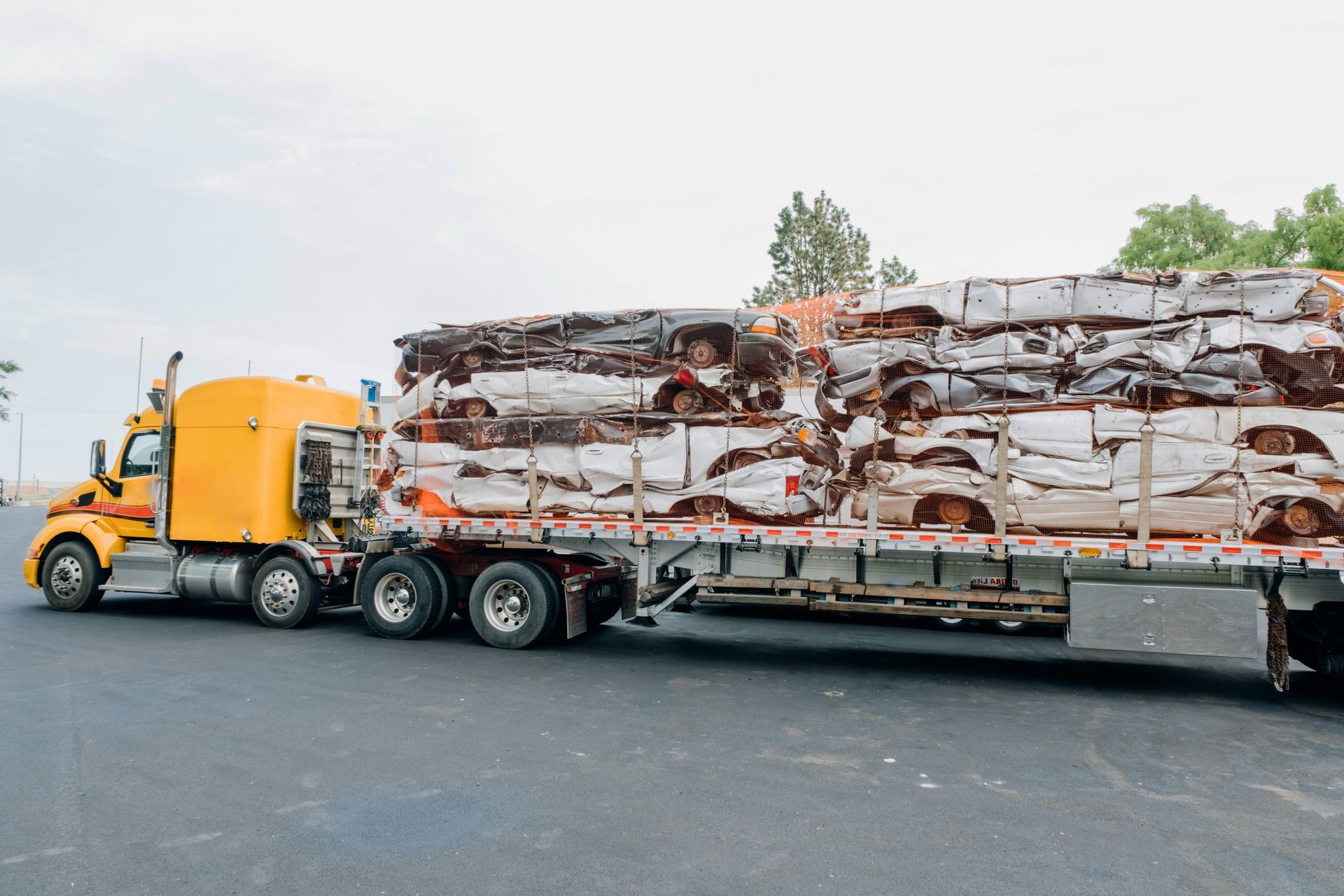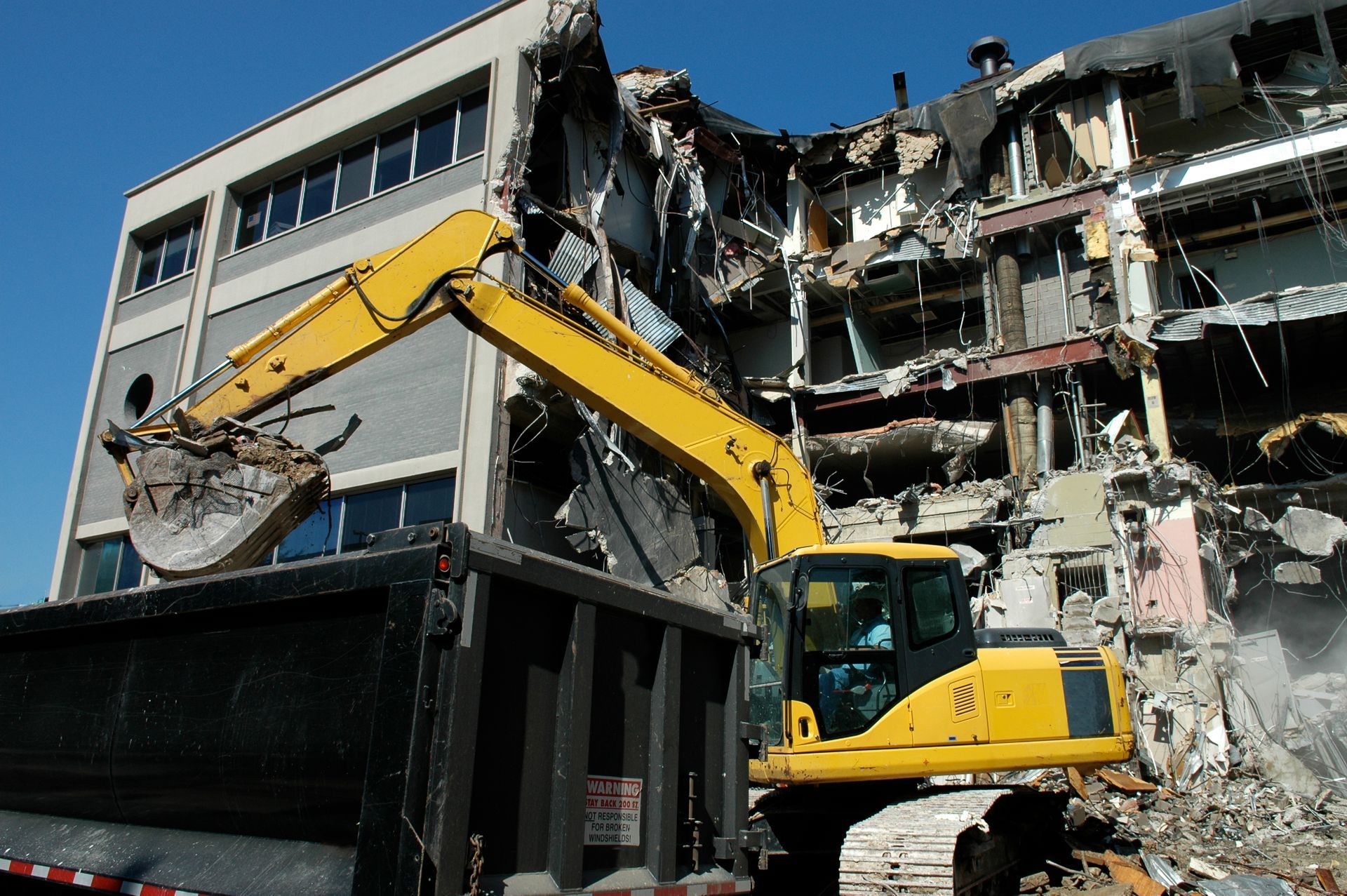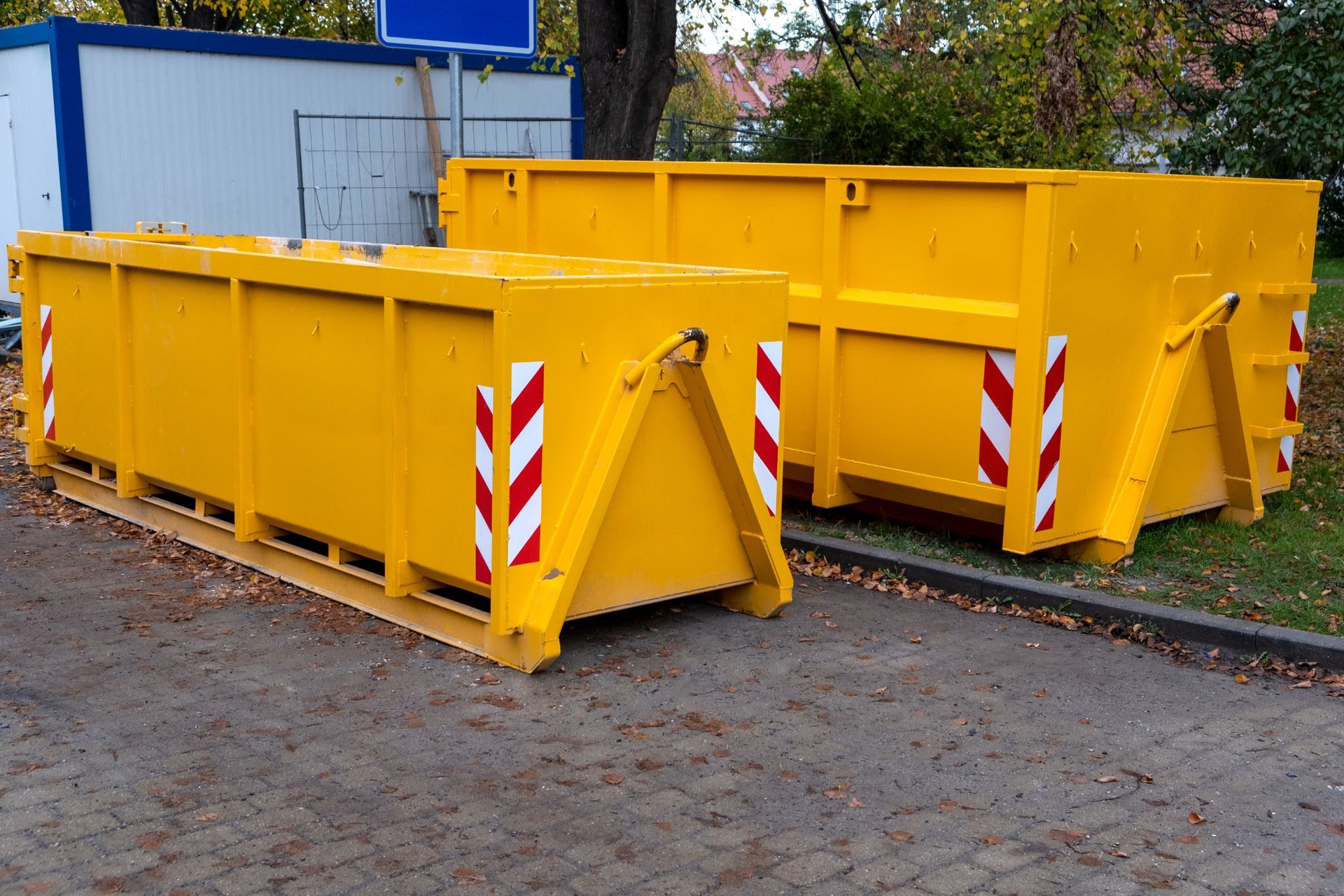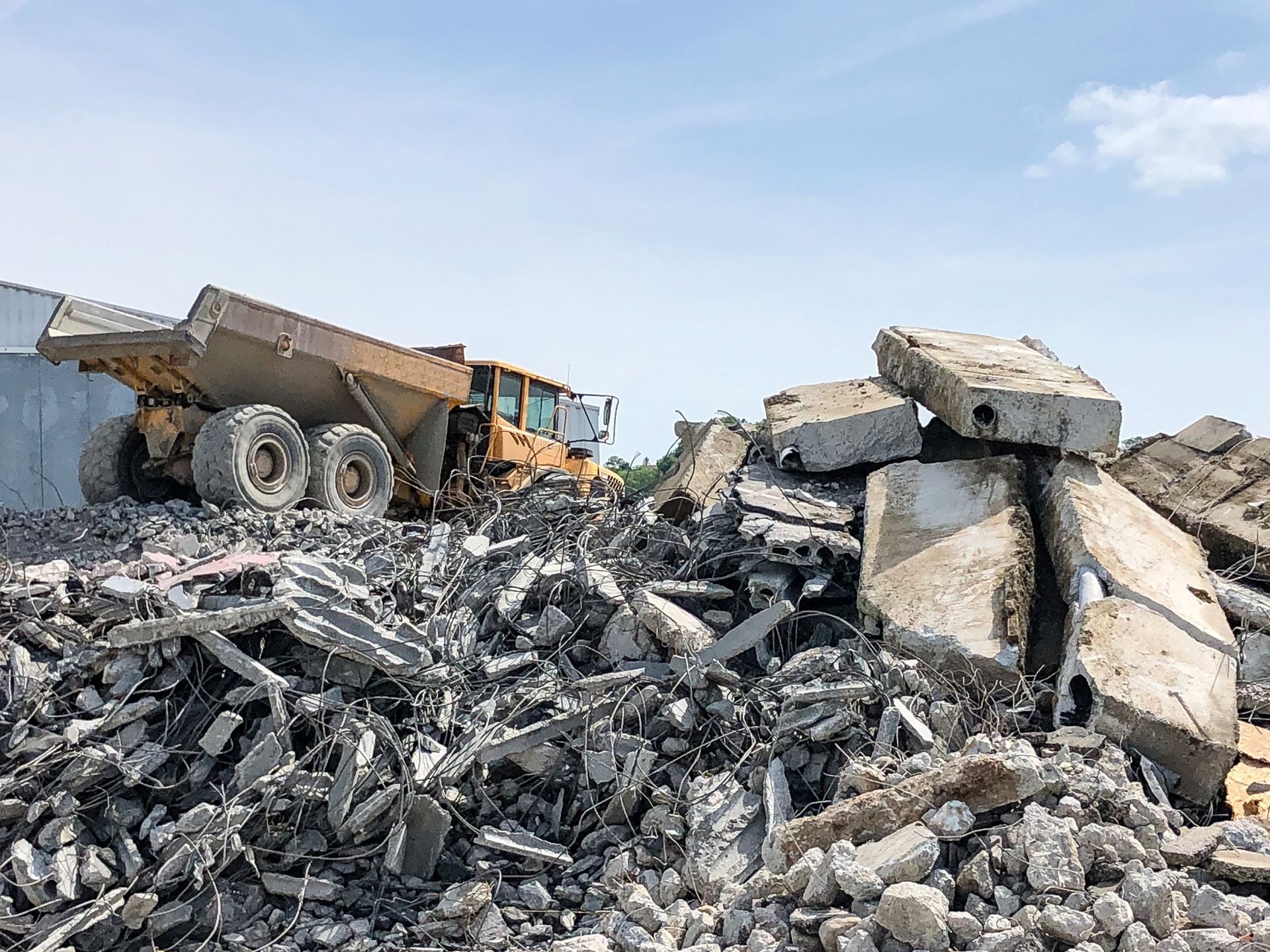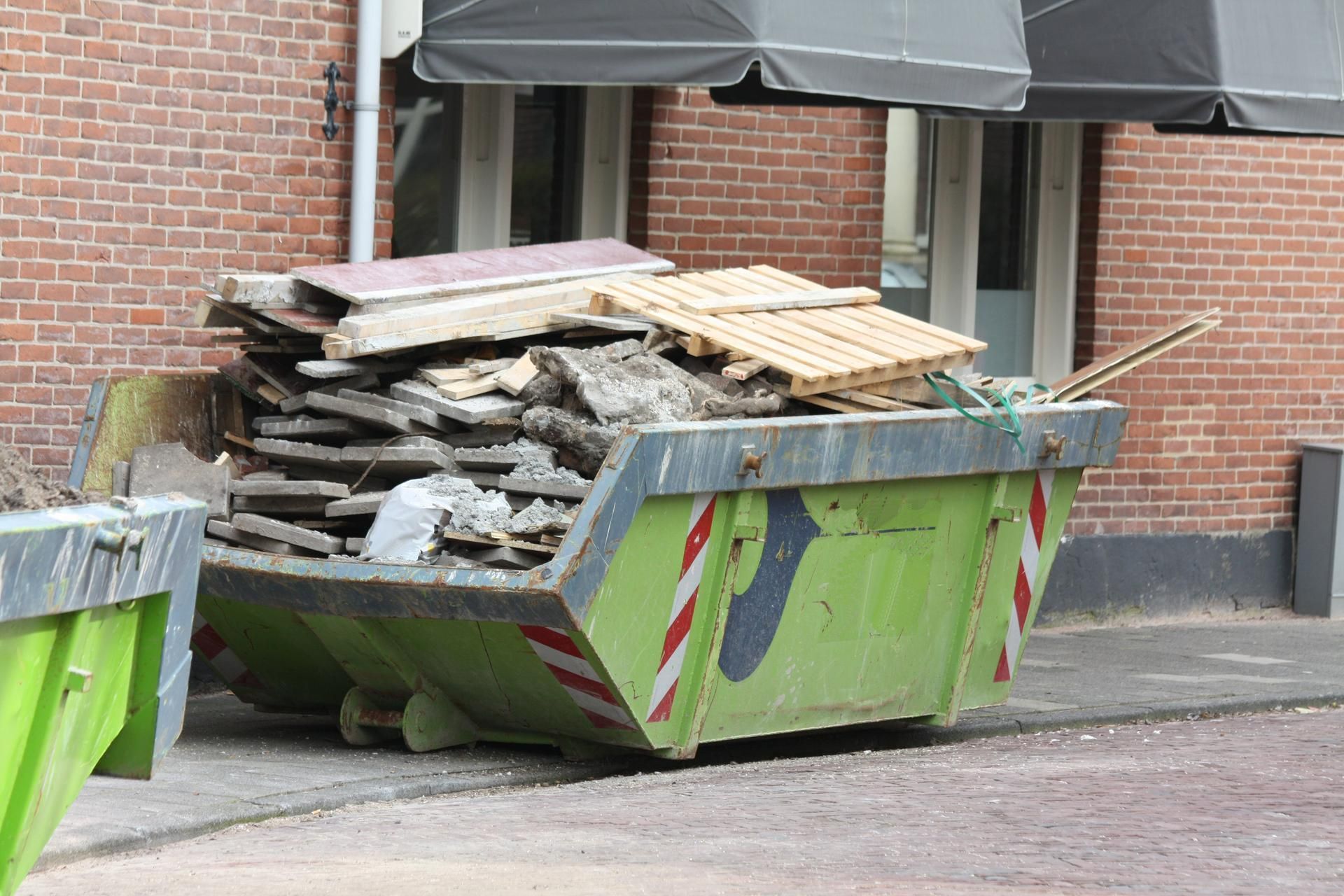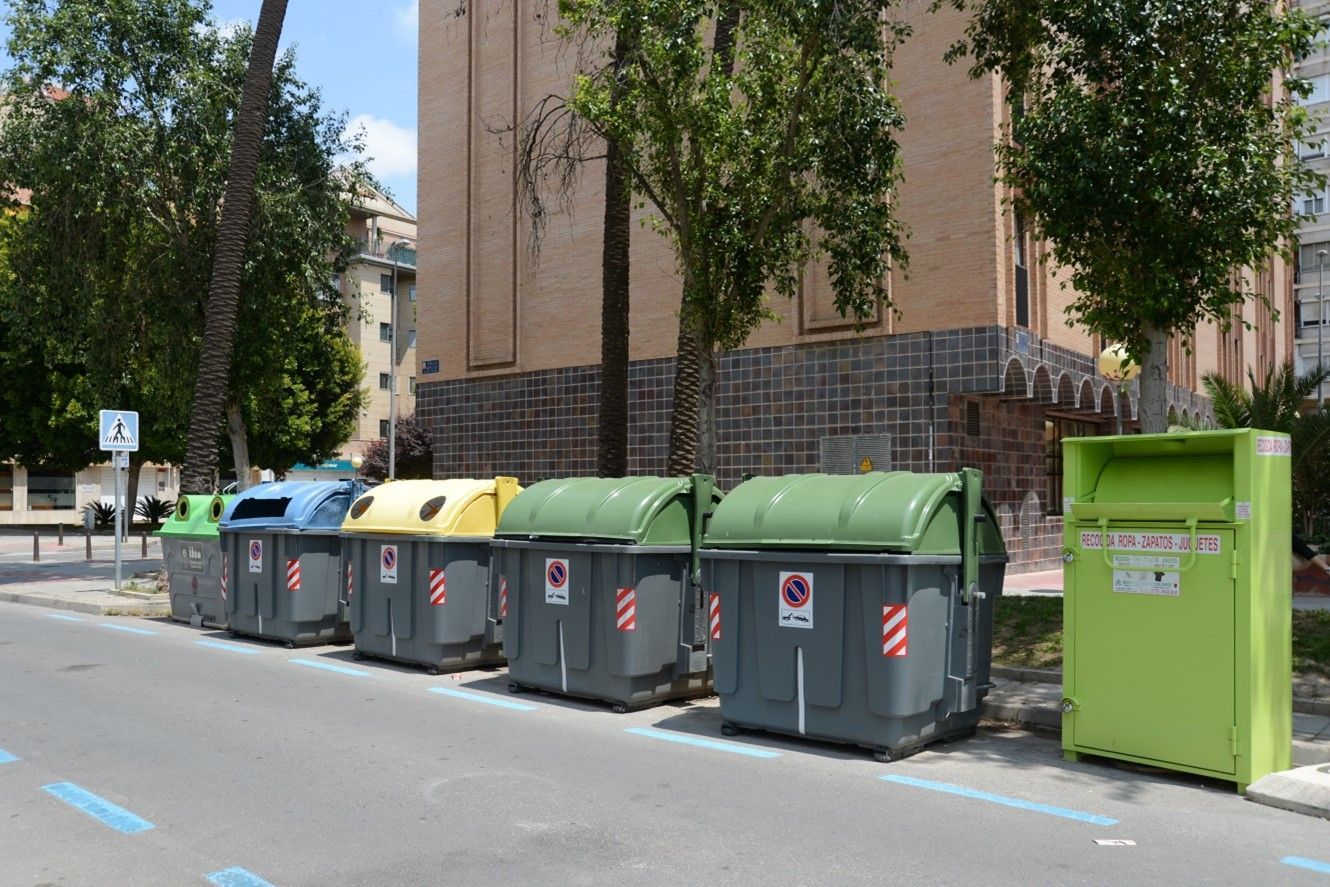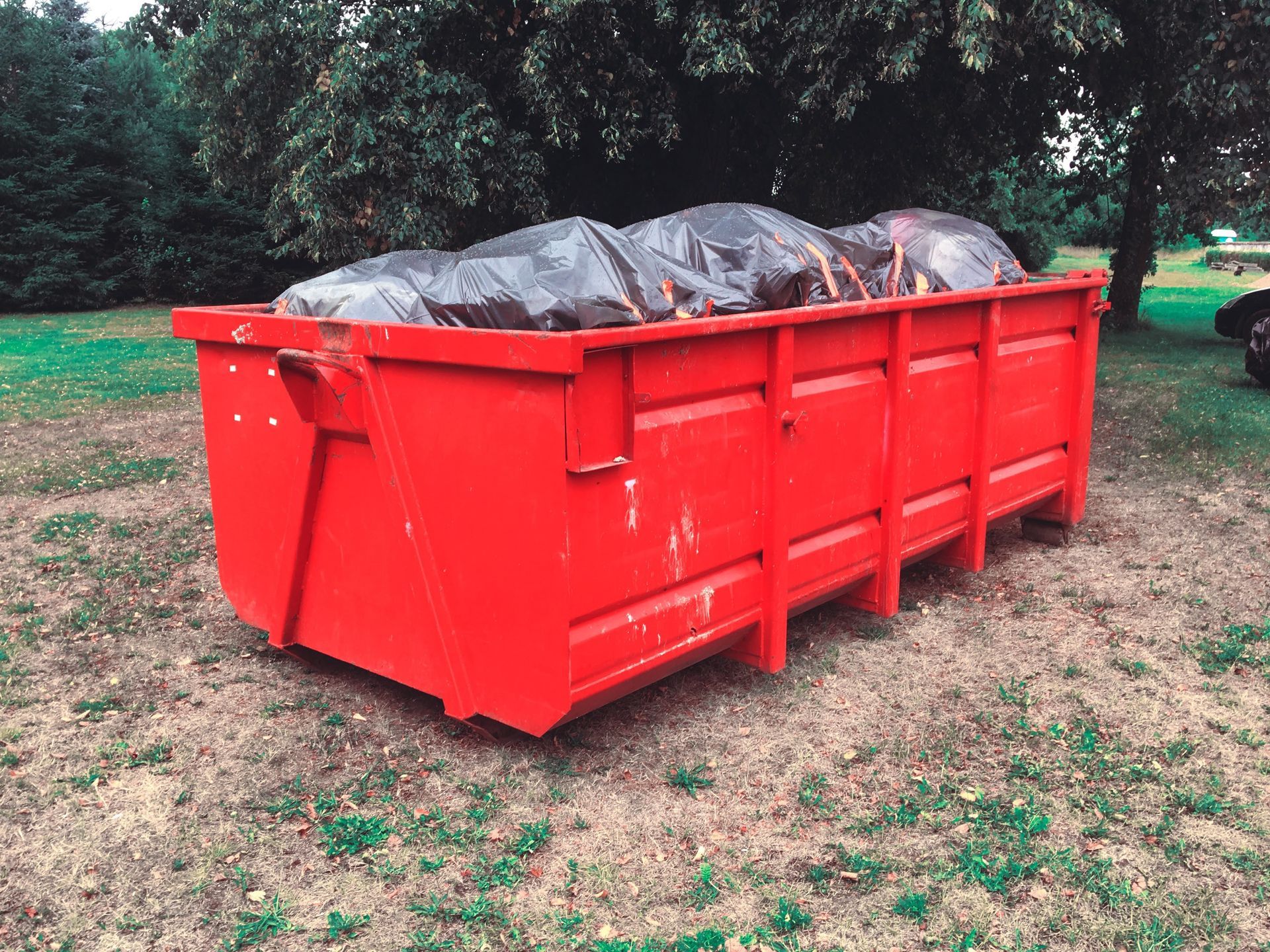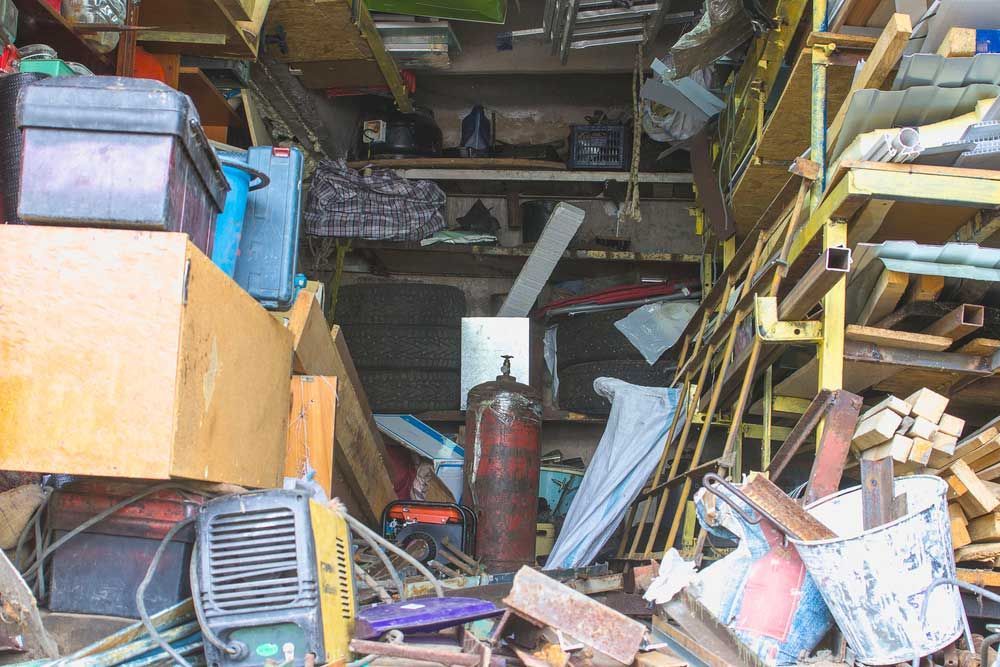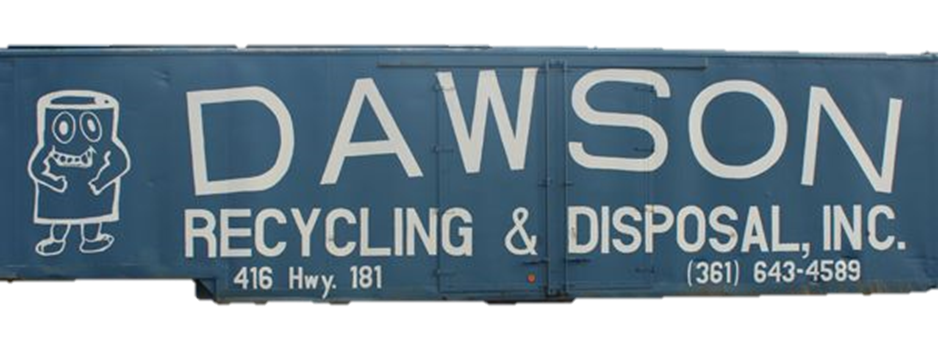The Difference Between Ferrous and Non-Ferrous Metals
It can be hard to tell one type of metal from another. You may think that metals like copper and lead have more in common with steel or iron, but they’re actually more related to precious metals like gold and silver. The reason is because metals and alloys are grouped according to whether they have ferrous or non-ferrous properties. Each of these main groups of metals are different in chemistry as well as in how they’re used. While there are a few key differences between ferrous and non-ferrous metals, the main one is the presence of iron. Ferrous metals have this element, while non-ferrous metals do not.
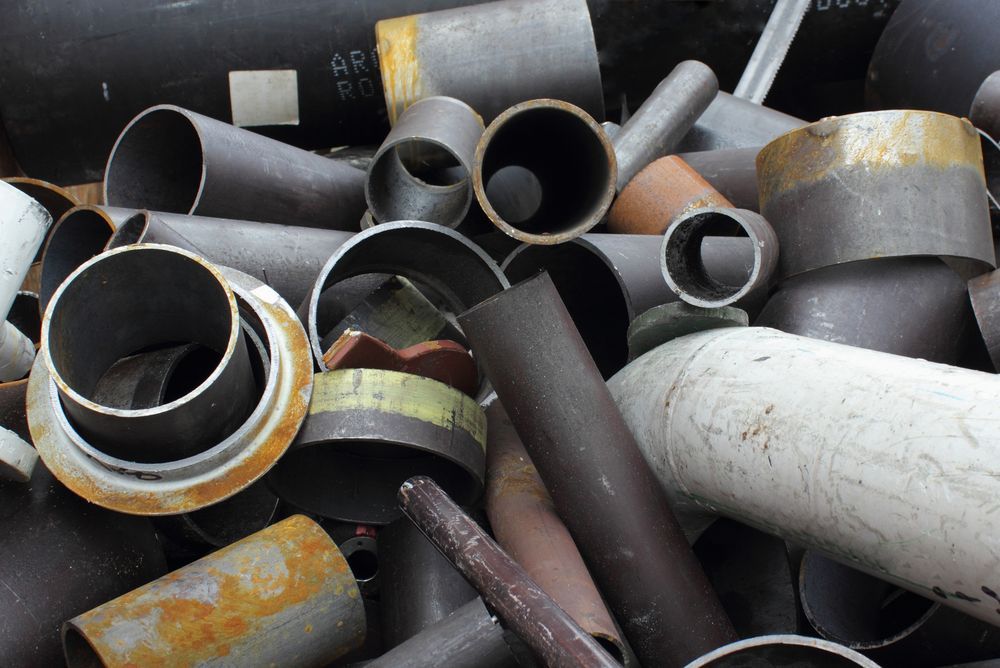
Ferrous Metals
Non-ferrous metals have been used for a lot longer than ferrous metals. In 5000 BC, the discovery of copper marked the end of the Stone Age. This eventually led to the invention of bronze, which is a non-ferrous alloy made of tin and copper. This was the start of the Bronze Age. The use of ferrous metals started around 1200 BC, which marked the beginning of the Iron Age. Since then, people have been finding ways to use both metal types based on their strengths and weaknesses.
Characteristics and Uses of Ferrous Metals
Ferrous metals are valued because of their strength and durability, which is why they have become staple materials within the construction industry. Ferrous metals are used to build industrial piping, railroad tracks, shipping containers, as well as many types of commercial and domestic tools. Most of their alloys have a great deal of carbon, which makes them vulnerable to rust when their exposed to moisture. The only two types of ferrous metals that are resistant to rust are wrought iron (which is resistant to rust because of its low carbon content) and stainless steel (which is protected from rust due to the presence of chromium).
Some common examples of ferrous metals include:
- Alloy steel.
- Carbon steel.
- Cast iron.
- Wrought iron.
If you need a place for metal recycling in Corpus Christi, be sure to get in touch with Dawson Recycling and Disposal.
Characteristics and Uses of Non-Ferrous Metals
Ferrous metals have no iron and include both common metals (such as aluminum) and precious metals (such as gold and silver). Because they have no iron, they have a much higher resistance to rust and corrosion. This makes them ideal for liquid piping, roofing, gutters, and outdoor signs. The malleability of non-ferrous metals makes them great for making jewelry as well as for a variety of manufacturing purposes. Because their non-magnetic, they’re perfect for many wiring and electronic applications.
Some common examples of non-ferrous metals include:
- Aluminum.
- Copper.
- Lead.
- Zinc.
- Tin.
We can use ferrous and non-ferrous metals in all kinds of applications, and we can put them to use in areas for which their properties will be best suited. If you’re looking for one of the best places for metal recycling in Corpus Christi, be sure to get in touch with Dawson Recycling and Disposal.


